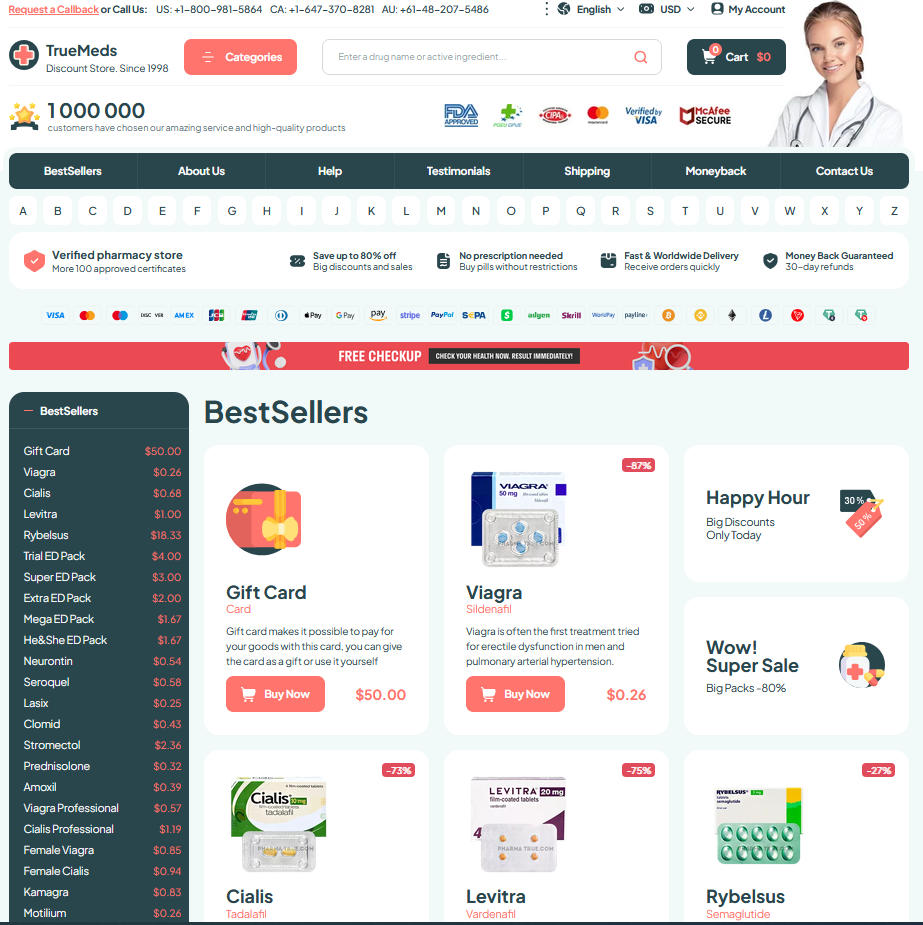 Hctz-induced Gout: Prevention and Management - Mechanism, Risk Factors, Medication and Diet Changes
Hctz-induced Gout: Prevention and Management - Mechanism, Risk Factors, Medication and Diet Changes
How Hydrochlorothiazide Triggers Gout Attacks in Patients
Patients often describe a sudden, stabbing pain in a swollen joint that arrives after starting a common blood-pressure pill. Diuretics reduce plasma volume and raise urate concentration; in the kidney, decreased chloride delivery and enhanced proximal tubular reabsorption of urate lower uric acid clearance. The result is higher serum urate and a greater chance of crystal formation.
Attacks typically emerge within weeks but may appear later, especially in patients with preexisting hyperuricemia, reduced renal function, or those on higher doses. Acute rises in serum urate can destabilize preformed crystals, provoking inflammation. Clinicians should anticipate this risk, check baseline uric acid and renal function, and counsel patients about symptoms so early treatment can limit joint damage.
| Mechanism | Immediate Effect |
|---|---|
| Reduced renal urate clearance | Higher serum urate |
Pathophysiology: Urate Handling and Diuretic Effects

Hydrochlorothiazide prompts a cascade that raises serum urate: by inducing mild intravascular volume depletion it increases proximal tubular reabsorption of sodium and urate, and thiazides themselves interfere with organic anion transporters, reducing urate secretion. The net effect is lower renal urate clearance and higher circulating urate concentration, which increases the thermodynamic drive for monosodium urate crystal formation in susceptible joints and renal tubules. Symptoms often follow abrupt urate concentration changes.
Chronic or higher-dose hydrochlorothiazide amplifies this effect and patients with reduced glomerular filtration or concurrent loop diuretics experience compounded urate retention. Acidic, concentrated urine and episodes of dehydration further lower urate solubility, encouraging crystal precipitation. Understanding these mechanisms explains why asymptomatic hyperuricemia can convert to acute gout flares after starting a thiazide and why monitoring renal function and urate levels is critical when prescribing and considering early urate-lowering therapy proactively.
Identifying High-risk Patients before Starting Hydrochlorothiazide
Clinicians should begin with a focused history: prior gout flares, chronic kidney disease, hypertension, metabolic syndrome, and heavy alcohol use all increase risk.
Baseline labs—serum urate, creatinine, eGFR, and fasting glucose—help assess uric acid handling and renal clearance before therapy.
Medication review uncovers interacting drugs: low‑dose aspirin, loop diuretics, cyclosporine, and niacin can raise urate; if multiple factors exist, consider alternatives to hydrochlorothiazide.
Use risk scores, discuss benefits and harms, and arrange follow-up with urate and renal monitoring to catch early changes and prevent attacks and reduce long-term morbidity significantly.
Medication Strategies: Alternatives, Dose Adjustments, and Monitoring

When hydrochlorothiazide is necessary, clinicians balance blood pressure control with gout risk and consider alternatives when possible and individual risk factors guide choice.
Lowering the dose or switching to a different antihypertensive, such as an ACE inhibitor or calcium channel blocker, can reduce uric acid elevation. Lifestyle adjustments often complement therapy.
If diuretics remain essential, adding or intensifying urate-lowering therapy and scheduling regular serum urate checks helps prevent flares with prompt flare treatment.
Shared decision-making, clear follow-up plans, and patient education about symptoms ensure early detection and safer long-term care.
Dietary Changes That Lower Uric Acid Effectively
Small, deliberate changes at the table can reduce uric acid and protect joints. Start by favoring low-purine proteins like poultry, tofu, and legumes while limiting red meat and organ meats that provoke spikes.
Hydration matters: aim for steady fluids to help kidneys clear urate, especially if taking hydrochlorothiazide. Cut sugary drinks and fruit juices; choose water, sparkling water, or coffee in moderation.
Simple swaps help:
| Favor | Avoid |
|---|---|
| Poultry, tofu | Red meat, organ |
| Legumes, low-fat dairy | Seafood, sugary drinks |
Pair dietary shifts with modest weight loss, regular exercise, and scheduled uric acid checks. Small consistent changes reduce attack frequency and support long-term control while preserving blood pressure management. Discuss urate-lowering therapy if levels remain persistently high.
Practical Prevention Plan: Lifestyle, Hydration, and Follow-up
Imagine waking up and tipping a glass of water before breakfast as the simplest defense against painful flares: consistent hydration, regular moderate exercise, modest weight loss, and cutting back on beer, spirits and sugar-sweetened drinks lower uric acid and reduce HCTZ-triggered risk. Aim for at least two liters of urine daily by spacing fluids through the day, avoiding dehydration during exercise or illness, and choosing low-purine proteins (eggs, dairy, plant proteins) over organ meats and shellfish.
Partner with your clinician to check baseline serum urate and renal function, schedule periodic monitoring, and discuss switching diuretics or dose reduction if levels rise. Keep a flare action plan—timely NSAIDs or colchicine per prescriber, record triggers, and prioritize medication adherence. Small, sustained lifestyle shifts plus deliberate follow-up transform risk into manageable control. Stay engaged and seek urgent care for severe, prolonged joint pain.
(832) 428-5608
Houston, TX 4101 Greenbriar Dr. Ste. 205K
info@enhancingmassage.com
(832) 428-5608
Houston, TX 4101 Greenbriar Dr. Ste. 205K
info@enhancingmassage.com
(832) 428-5608
Houston, TX 4101 Greenbriar Dr. Ste. 205K
info@enhancingmassage.com